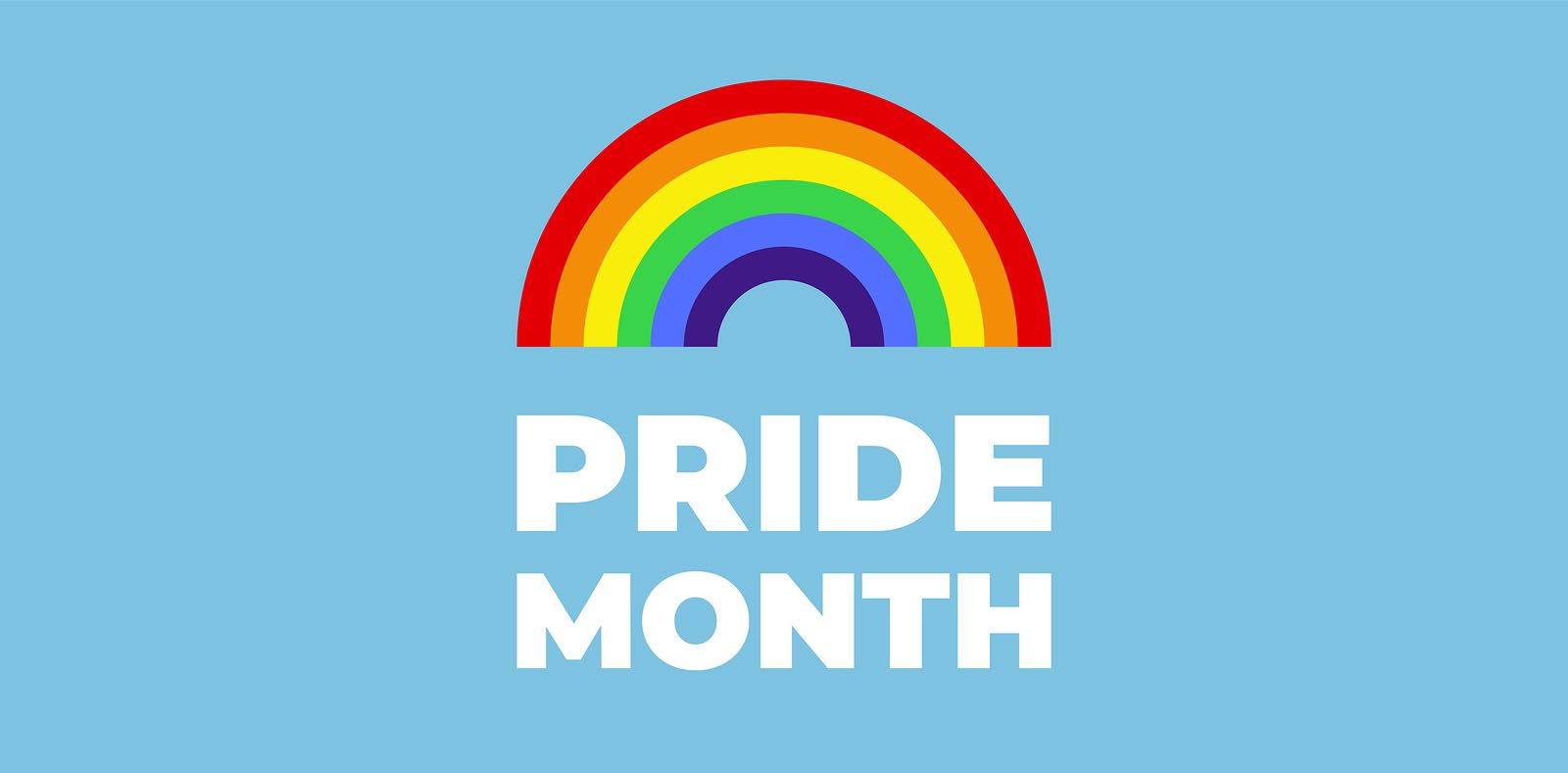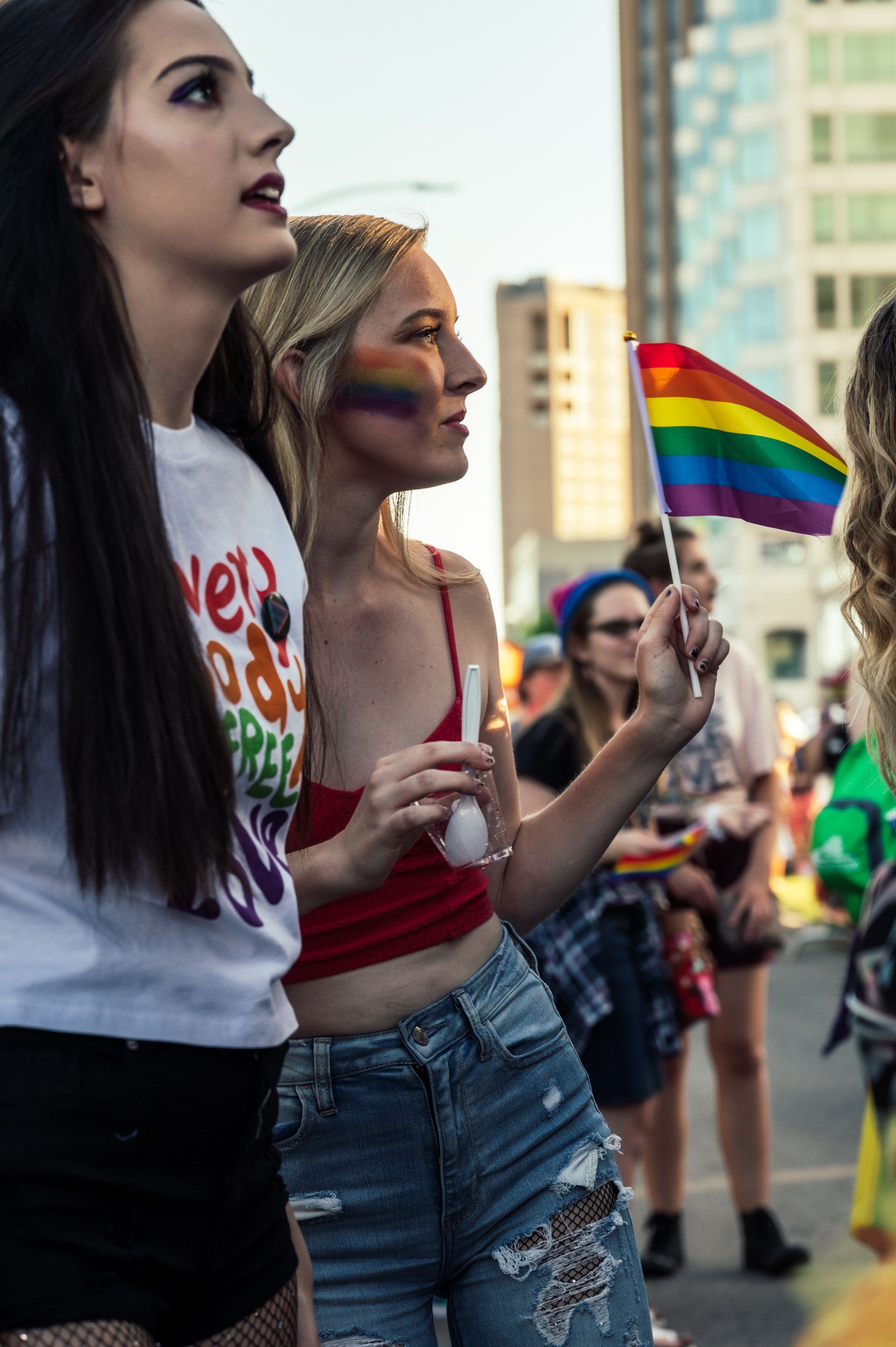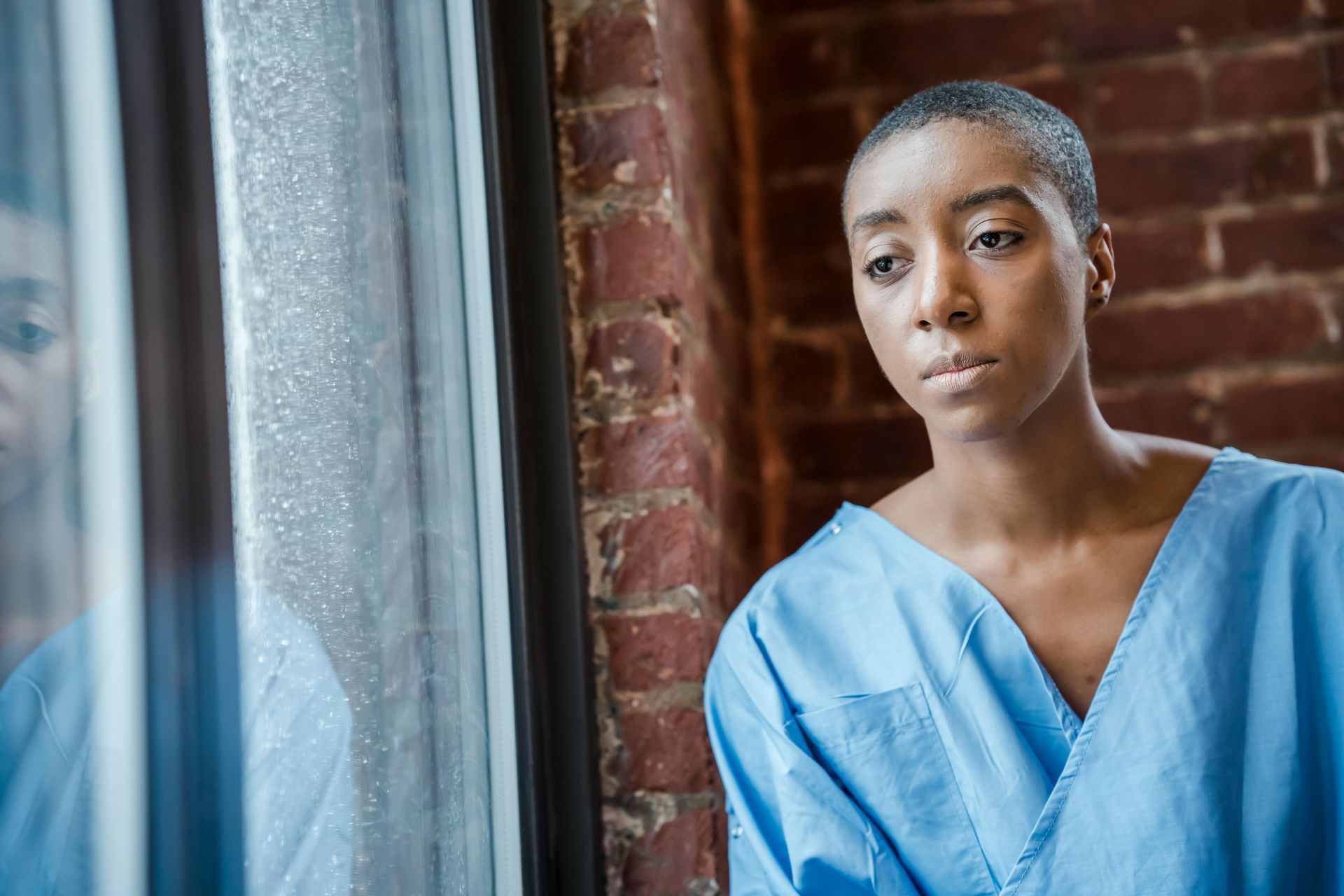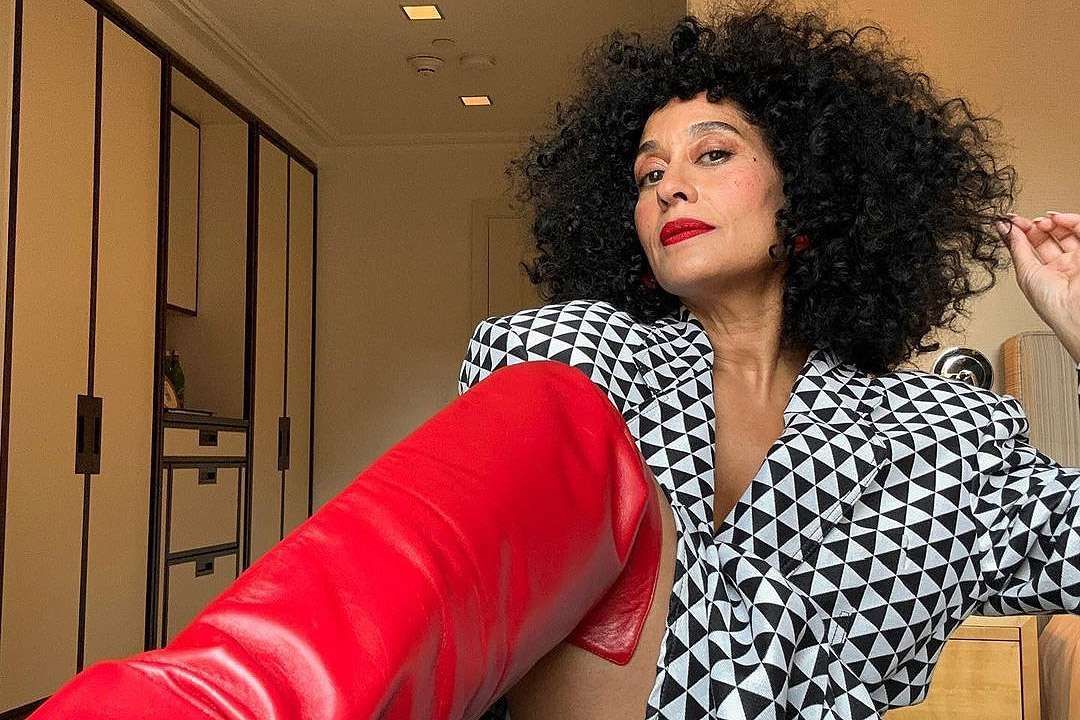Girl Boss Energy
What is pride month

LGBT Pride Month is a month, typically June, dedicated to celebration and commemoration of lesbian, gay, bisexual, and transgender (LGBT) pride.[1] Pride Month began after the Stonewall riots, a series of gay liberation protests in 1969, and has since spread outside of the United States.[2] Modern-day Pride Month both honors the movement for LGBT rights and celebrates LGBT culture.
History
Origins
Further information: Gay liberation
The concept of Pride Month began with the Stonewall riots, a series of riots for gay liberation that took place over several days beginning on June 28, 1969. The riots began after a police raid at the Stonewall Inn, a gay bar located within Lower Manhattan in New York City.[2] Activists Marsha P. Johnson, Sylvia Rivera, and Stormé DeLarverie are credited for inciting the riots, though Johnson disputes her involvement.[3][1]
A 1970s gay liberation protest
The year after the riots, the first pride marches were held in several US cities.[4] The march in New York City, aimed to celebrate the "Christopher Street Liberation Day", alongside parallel marches across the US, is considered to be a watershed moment for LGBT rights.[5] Fred Sargeant, an organizer of some of the first marches, said that the goal was to commemorate the Stonewall riots and further push for liberation. He noted that while the first marches were more akin to a protest than a celebration, it helped to remind people of LGBT communities and how they may include one's family and friends.[6] Transgender women and people of color were noted to have been excluded or silenced during the early marches, despite the initial riots largely consisting of them.[4][7]




